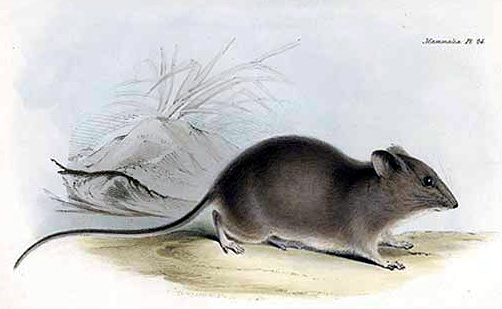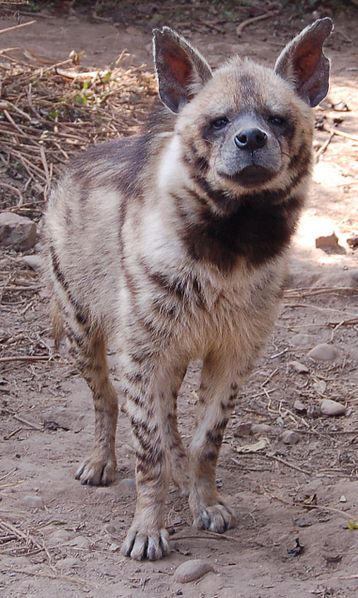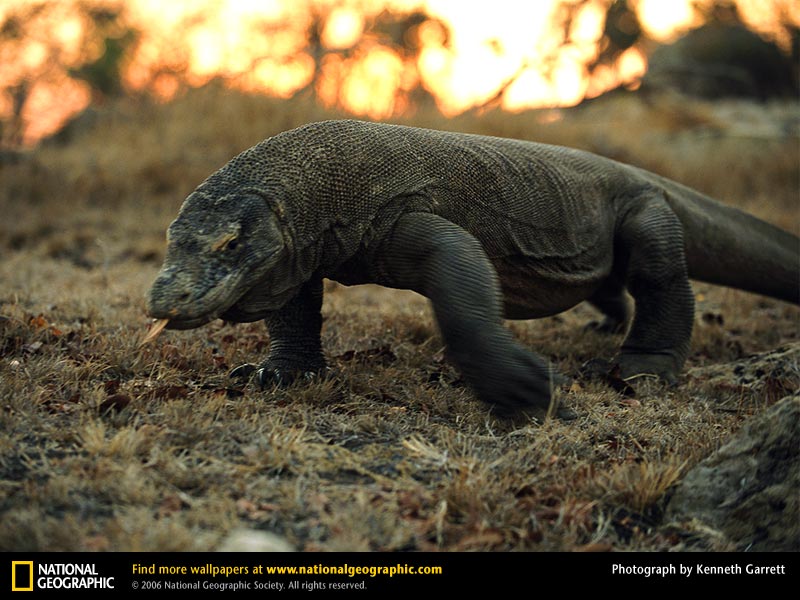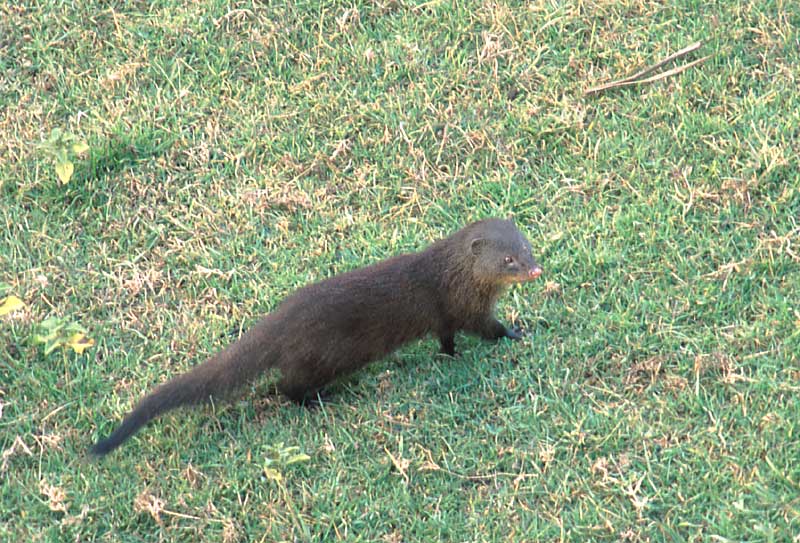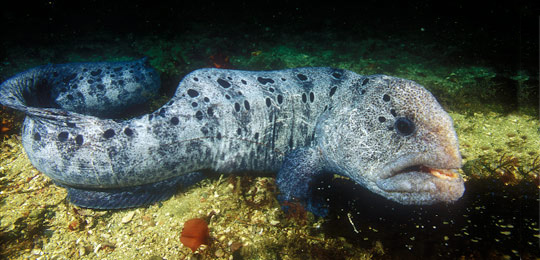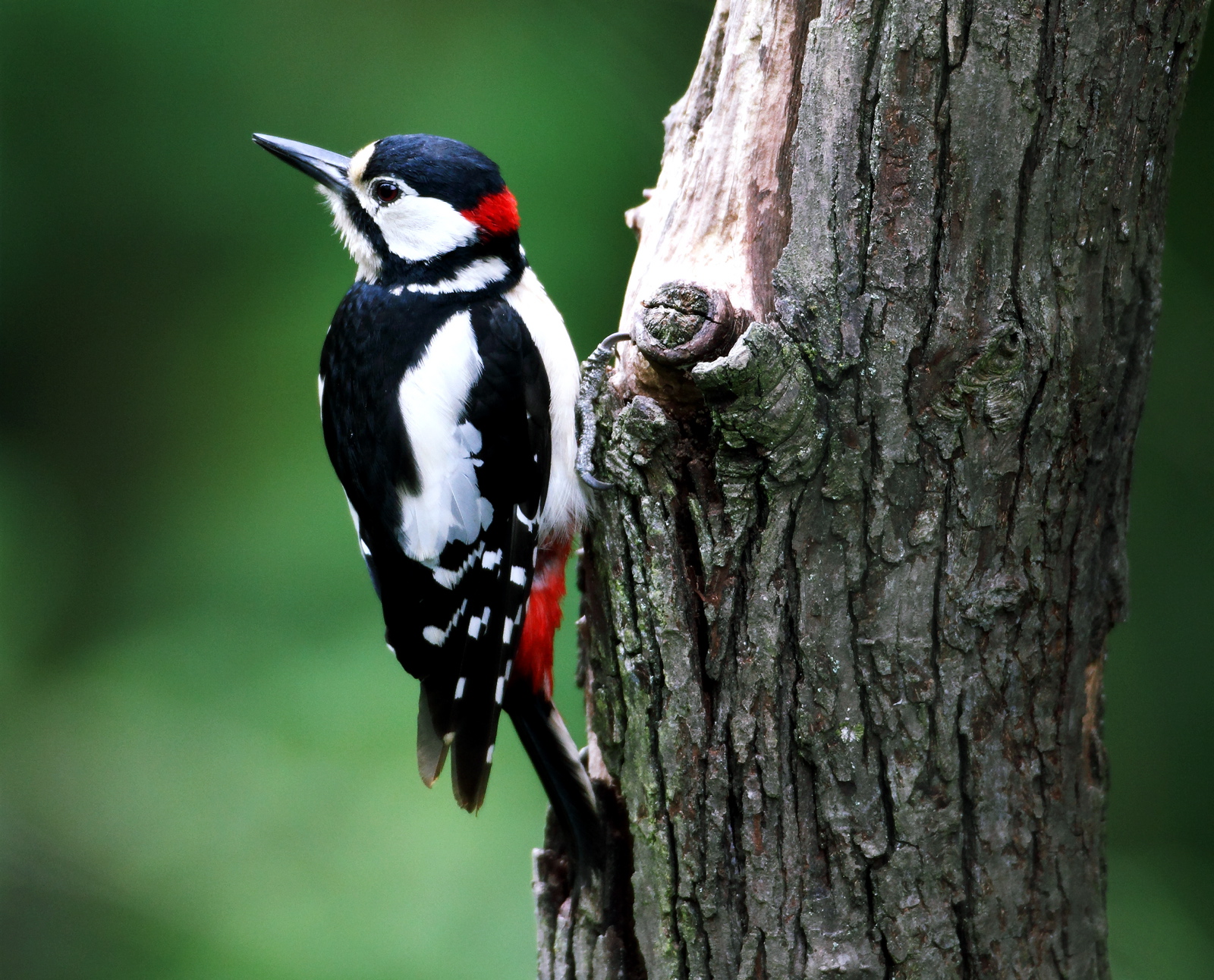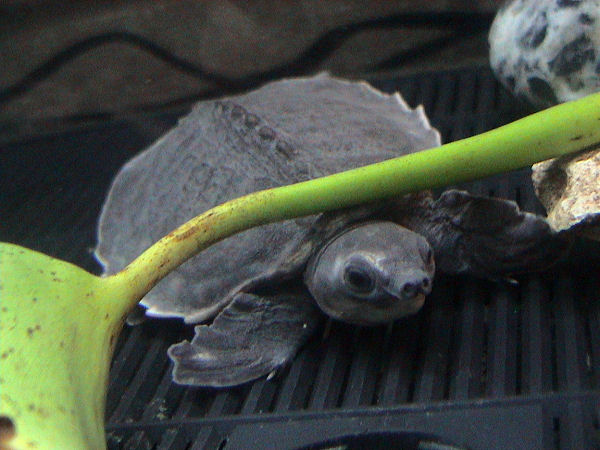
For many people, today is officially the end of the holidays as we all prepare to take down the decorations and head back to work. To help ease you back into your normal routine, I thought we would learn about an interesting little turtle known as the Pig Nosed Turtle. This turtle, which is native to Australia and New Guinea is also known as the Fly River Turtle and the Pitted-Shelled Turtle. So grab your morning cup of coffee and snuggle up to the computer as we prepare to learn everything we can about the Pig Nosed Turtle. Then you can scurry around the house before leaving for work.
An Important Link
As mentioned, you need to go to Australia or New Guinea if you want to catch a glimpse of the Pig Nosed Turtle, which is typically found throughout freshwater rivers, lagoons and streams. Although they are freshwater turtles, they share some qualities with their marine counterparts. In fact, researchers believe that the Pig Nosed Turtle represents an evolutionary link between freshwater and marine turtles. So what are a few of the similarities? Well, like the marine turtle, the Pig Nosed Turtle also have flippers for feet as well as movable digits. This unique freshwater feature make the Pig Nosed Turtle most adapted turtle to life in an aquatic environment, with the exception of their marine counterparts of course.

A Swimming Pig
As you can tell from the picture, the Pig Nosed Turtle gets their name from their unique nose, which looks very similar to that of a pig. I am not sure what the purpose is for having a nose like this but it definitely makes the turtle interesting. Besides their fun looking nose, they also have a greyish or olive colour, leather shell and gender determining tail. Males will typically have longer tails compared to the females so it is an easy way to tell the gender of your favourite Pig Nosed Turtle.
Major Decline
The Pig Nosed Turtle is the last surviving member of its ancient family, however, their population has declined by over 50% since 1981. Reasons for the decline include harvesting – both adults and eggs – and of course habitat destruction. Hopefully this link between freshwater and marine turtles can be saved from extinction.
That does it for today’s Wild Fact. Enjoy the rest of your day and have fun going back to work.

